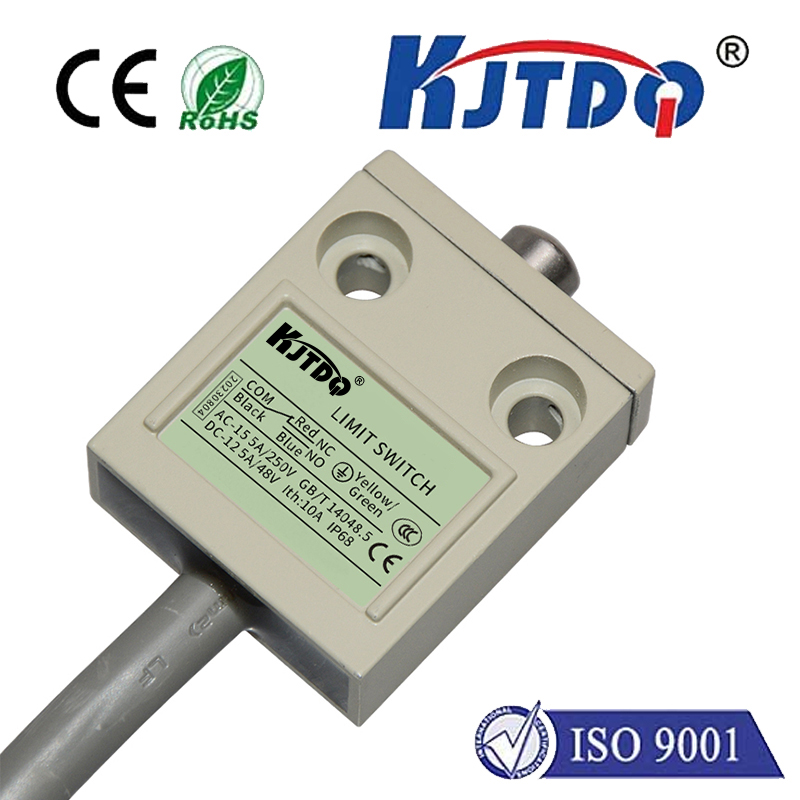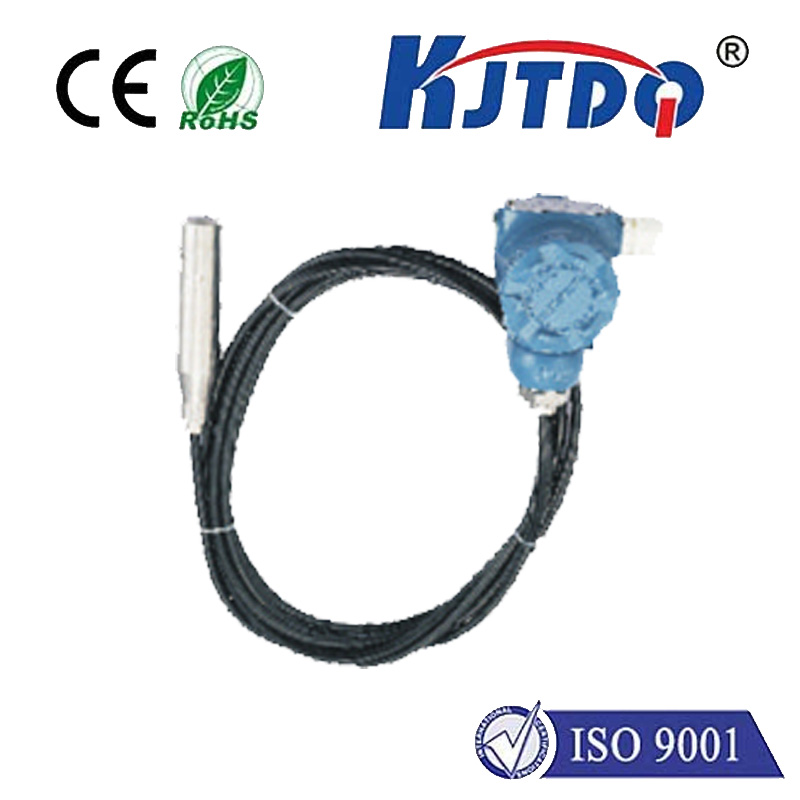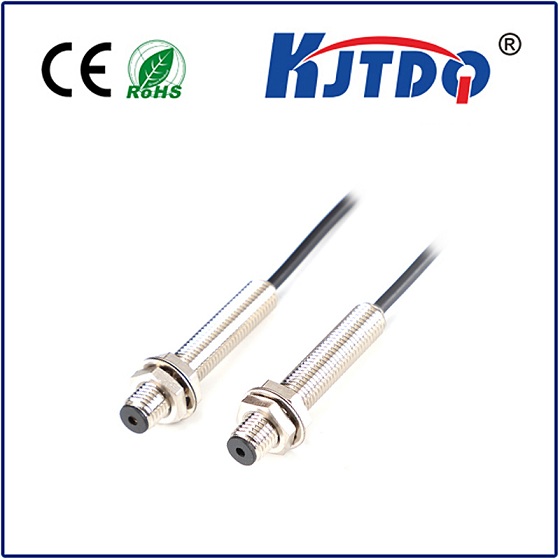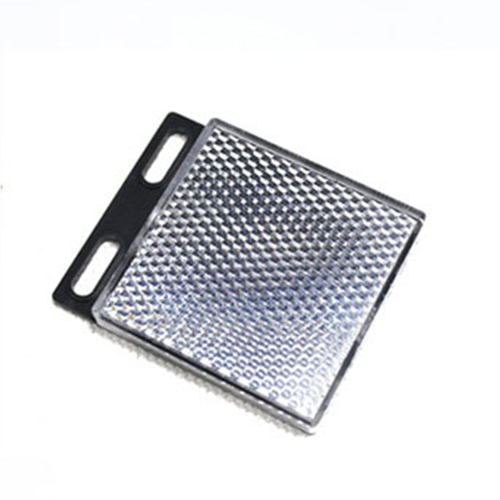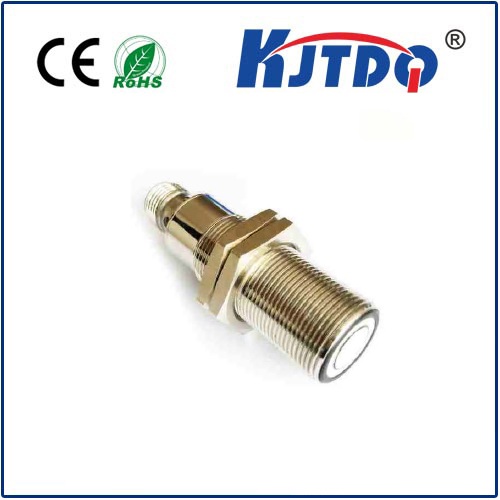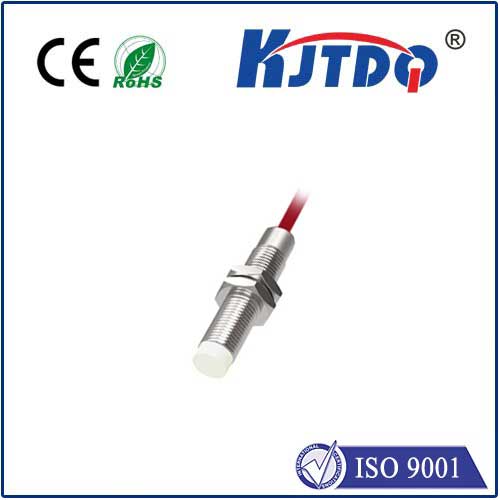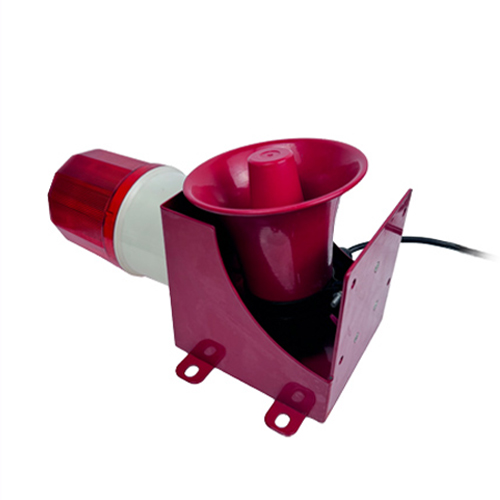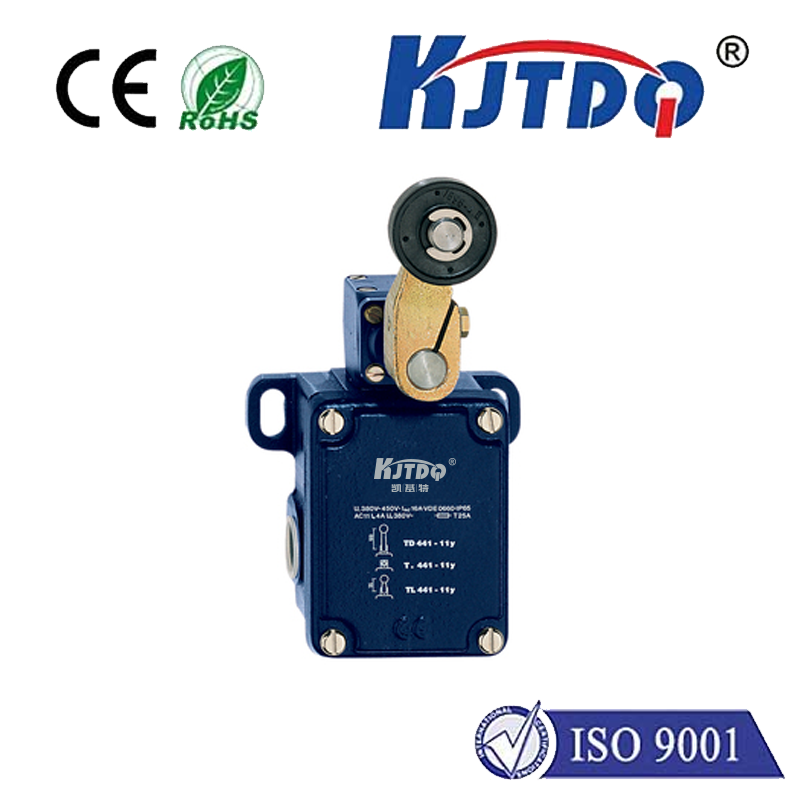

check

check

check

check

check

check

check

check

check

check

Title: The Intricacies of Reflective Type Sensors and Their Applications In the ever-evolving world of technology, sensors have become an integral part of numerous systems, ranging from simple devices to complex machinery. Among these, reflective type sensors stand out due to their unique properties and widespread applications. This article delves into the specifics of reflective type sensors, elucidating their functionality, advantages, and the various fields in which they are employed. What is a Reflective Type Sensor? A reflective type sensor is a device that emits a beam of electromagnetic radiation, typically a light ray or infrared waves, onto a target. This beam, upon hitting the target, gets reflected back towards the sensor. The sensor then receives this reflected radiation and converts it into an electrical signal, which can be processed for various purposes. The working principle of a reflective type sensor hinges on the reflection of辐射. When the emitted radiation hits a surface, it gets scattered in different directions based on the smoothness or roughness of the surface. Some of this scattered radiation travels back towards the source, i.e., the sensor, and gets detected. The change in the intensity of the received radiation helps in determining characteristics such as distance, presence, or absence of an object, and even its movement. Advantages of Reflective Type Sensors Reflective type sensors offer several advantages over other types of sensors, which make them suitable for diverse applications. Firstly, they do not require an external mirror; the target itself acts as the reflector. This reduces the parts count and simplifies installation. Secondly, they can handle a wide range of reflective surfaces, including metals, plastics, and even semi-transparent materials. Thirdly, they provide high accuracy and repeatability in measurements. Lastly, reflective type sensors are versatile, as they can be used for both contact and non-contact measurements under varying environmental conditions. Applications of Reflective Type Sensors Reflective type sensors find applications across multiple industries due to their versatility and reliability. In the automotive industry, they are used for reverse parking aids, where they measure the distance between the car and nearby objects to avoid collisions. In the packaging industry, they ensure accurate filling levels in containers and verify the presence or absence of products on conveyors. Additionally, these sensors are employed in security systems for motion detection and in robotics for navigation and obstacle avoidance. Moreover, they play a crucial role in process automation by monitoring the level of liquids in tanks or by counting items on a production line. Challenges and Considerations Despite their many advantages, reflective type sensors also face challenges. One major consideration is the potential interference from ambient light, which can affect the accuracy of the sensor. To mitigate this, manufacturers design sensors with advanced filtering techniques or use modulated radiation signals that can distinguish between desired and unwanted reflections. Furthermore, the choice of wavelength for the emitted radiation plays a critical role in determining the sensor’s effectiveness on different surfaces. Therefore, selecting an appropriate reflective type sensor involves considering factors like target material, operating environment, and required precision. Conclusion Reflective type sensors have revolutionized the way we interact with our surroundings and perform tasks. Their ability to function without external reflectors, coupled with their adaptability to various surfaces and environments, makes them indispensable tools in modern technology. As research and development continue to advance, we can expect even more innovative applications and improvements in these already versatile devices, further expanding their reach and utility in our daily lives.
